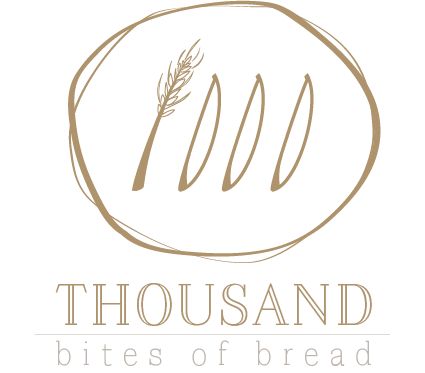Dave Miller is a baker’s baker. He’s been at it a long time, making a style of bread since the early ‘90s that’s just now getting its due. Once in a class he taught, he surprised me by kind of setting aside logic for a moment, and modestly embraced the relationship of baker to bread. “Just go by how the dough feels,” he told an earnest newbie. Then he made a loaf of bread worthy of the reverence he has for his craft. It was the essence of wheat held together by terroir-trapped air.
I took bite after bite as the basket of bread was passed around that day in class, and I listened to him explain the gorgeous interplay of gluten’s extensibility and extendability. He eschewed scientific explanations and told us about yin and yang in the Tao. Your job as the baker, he explained, is to find the balance between dough’s ability to expand outward with trapped gases, and at the same time, snap back inward to keep the air inside. Whoa! What a religious revelation.
Watching him at his bakehouse this past week was enlightening in and of itself. He walks through each step in his process with pure intention and a meditative praxis.
Many years ago, his spark of baking inspiration came when he was in college and did a stint in Scotland. He found an Edinburgh bakery that captured his imagination and he visited again and again while living there. It was that little Scottish haven of scones and treats that helped him decide that baking was his future. When he got home to Minneapolis, he started looking for places to work and stumbled across a new bakery in town that was touting old-world bread. He had a lot of hope for the place, but when he walked in and found a sad, single stand of dense brown loaves, his hopes deflated.
“I mostly bought a loaf out of pity,” he said. “But then I tasted it.”
The bread was made in a traditional style that was leavened with sourdough and made with freshly milled whole grains. The early ‘90’s saw a lot of bread on grocery store shelves—the kind packaged in plastic sleeves—but the words “artisan” and “handcrafted” had not become commodities yet. The taste of this bread captured him. He went back to the baker and asked where he’d learned. This led Dave to the first of his great teachers, Richard Bourdon at Berkshire Mountain Bakery.
He went on from there to work stints at several bakeries all around Europe and America, including biodynamic bakeries and macrobiotic food hubs in the Swiss Alps, Belgium and France. He eventually landed at the oldest biodynamic farm in North America where he ran the baking program for three years.
Back when he first started doing this work, the only places interested in the style of bread he was making were natural food stores and co-ops. An early health food guru in southern California noticed him and that’s how he landed there.
Today he runs a small bakeshop connected to his home outside of Chico, California.
What he loves about baking is the way you get to practice a craft for a lifetime. He has worked at (and owned) large, production-style bakeries that provided whole grain bread to the natural foods market. But currently, his bakery is exactly the size he’s happy with, and he gets to bake in his fully-equipped space attached to his home where he lives with his wife, Signe. He sells all his bread at the Saturday market in Chico and usually starts to close up shop by 10:30am and head to lunch.
“I never want to stop baking,” he told me. “I might slow down, but I’ll never stop.”
He slaps a hunk of dough onto his bench and shapes it in seconds. He’s been working at hundreds of pounds of dough all morning and it seems as effortless as breathing. It’s an extension of him, as easy as the words he’s sharing with me.
“My goal is to be the ninety-year-old dude at the farmer’s market with just ten loaves of bread and that’s it.”
I’ll bet that all the other bakers will get up early to get at those ten perfect loaves. I know I’ll line up for them.

